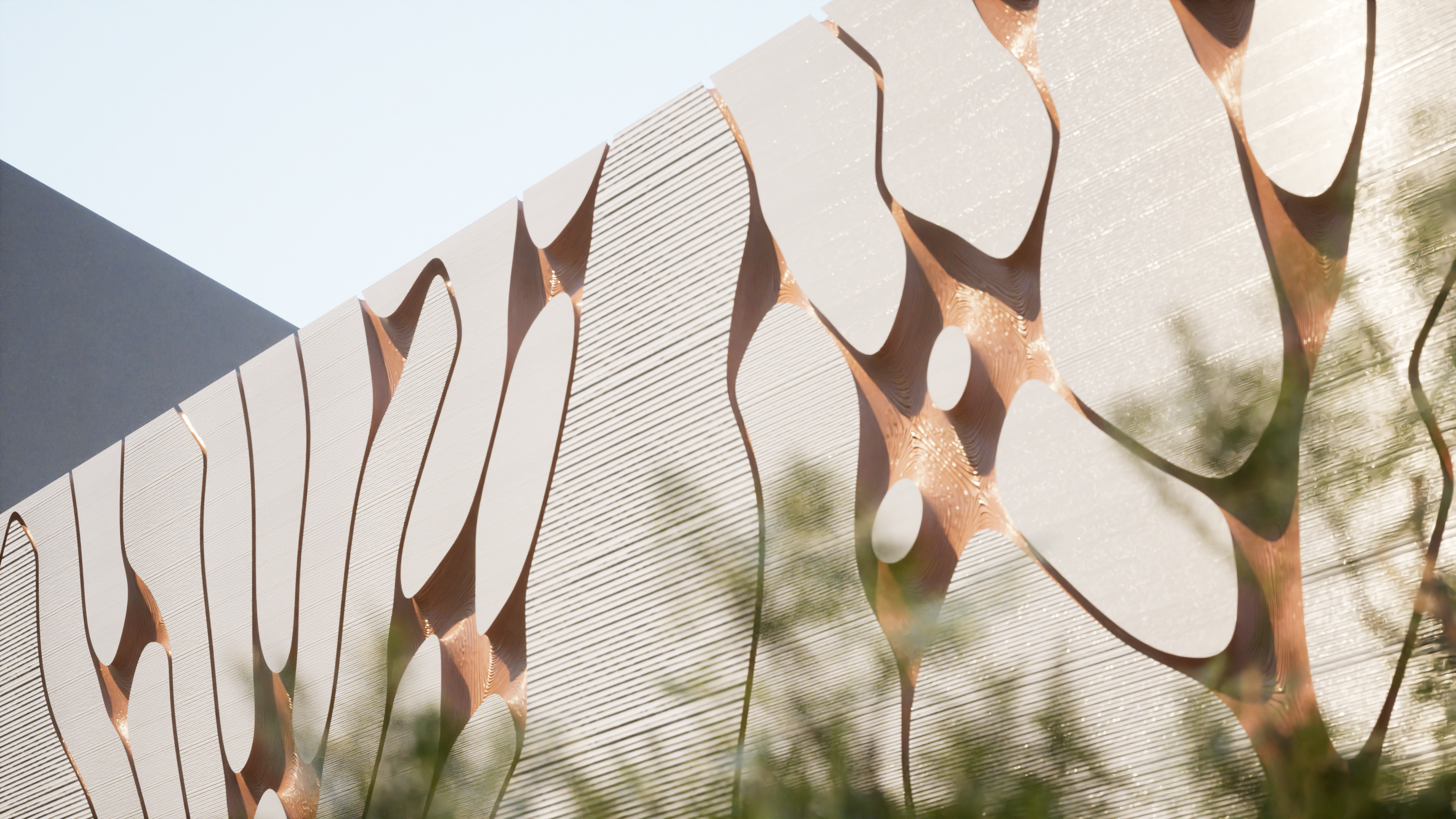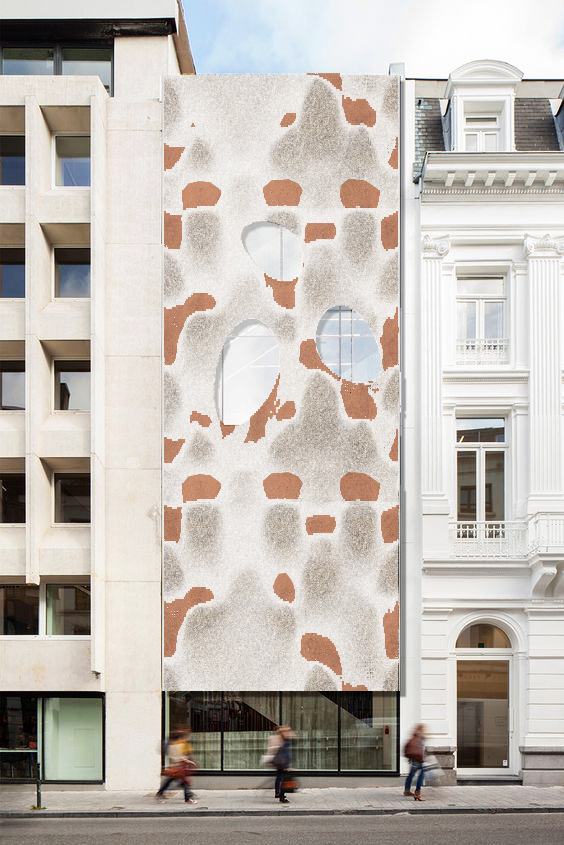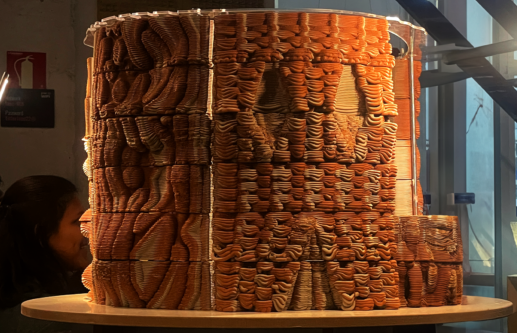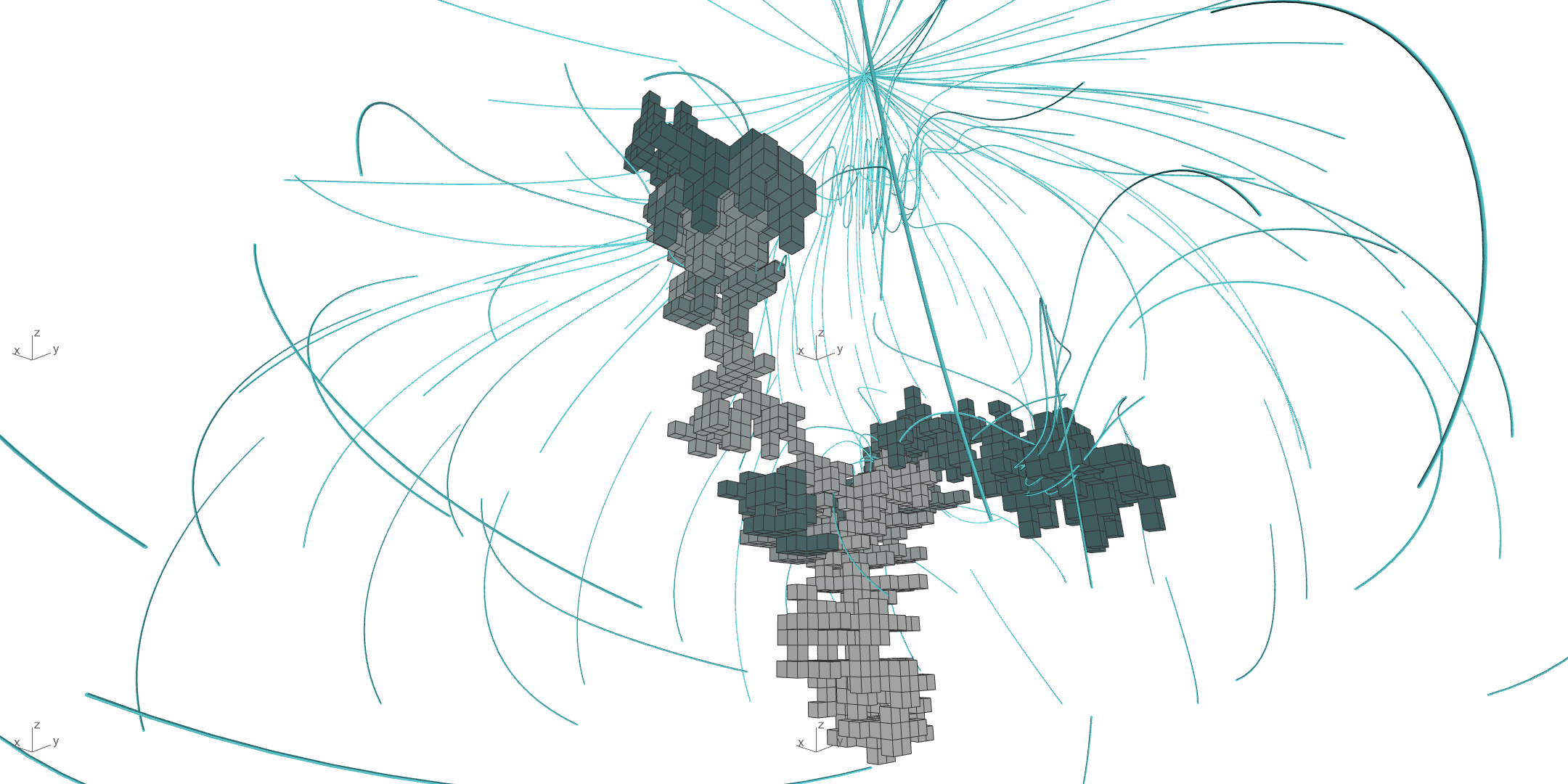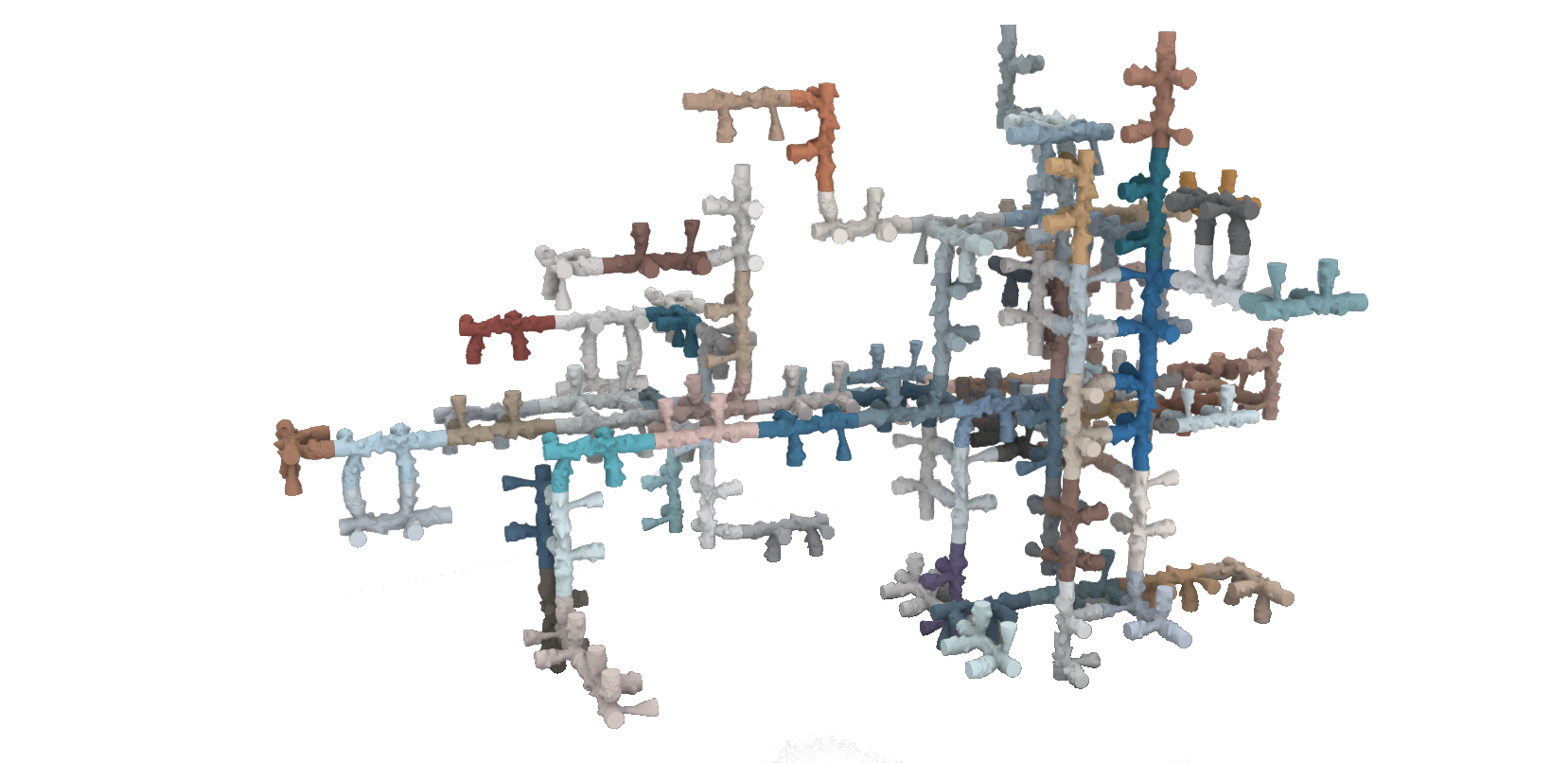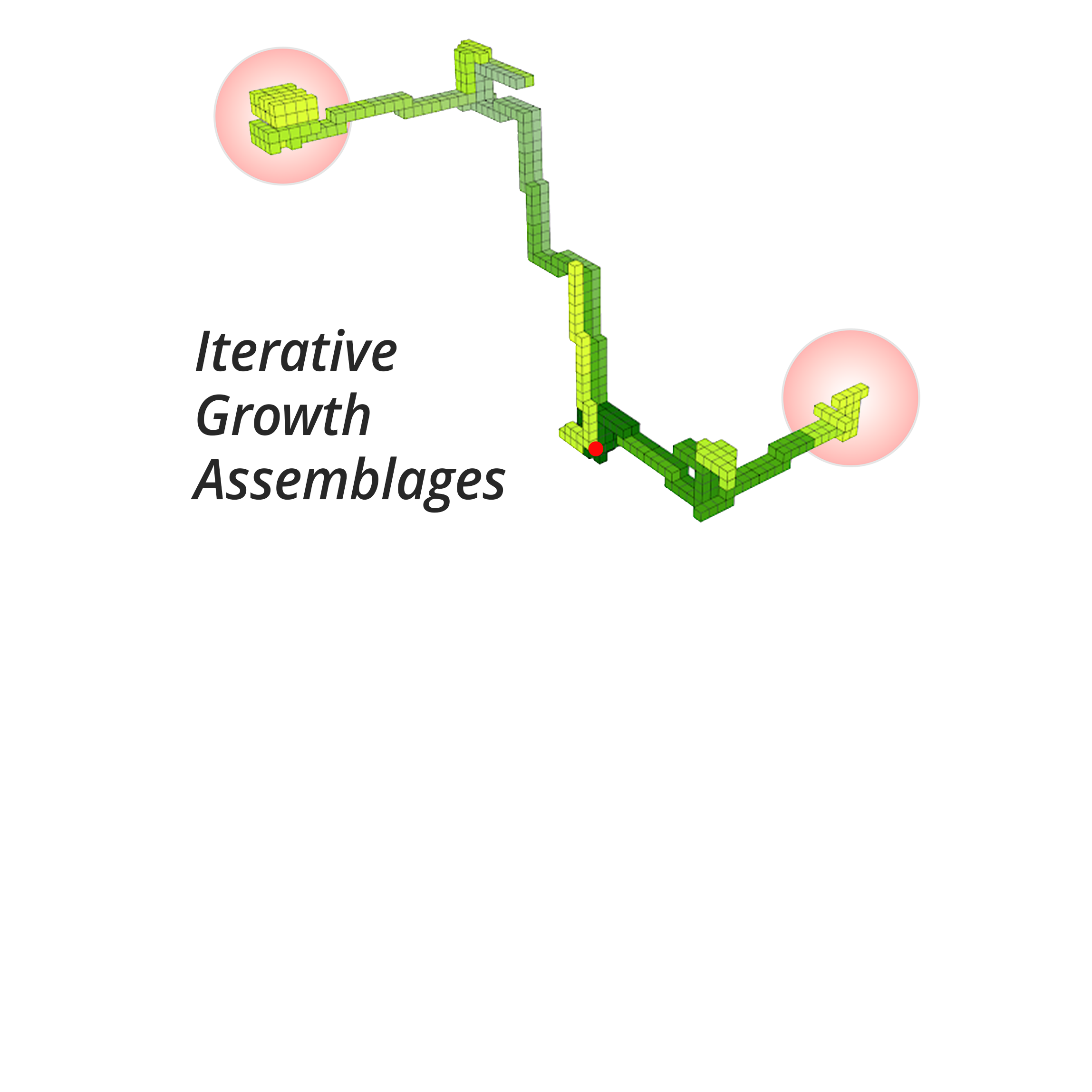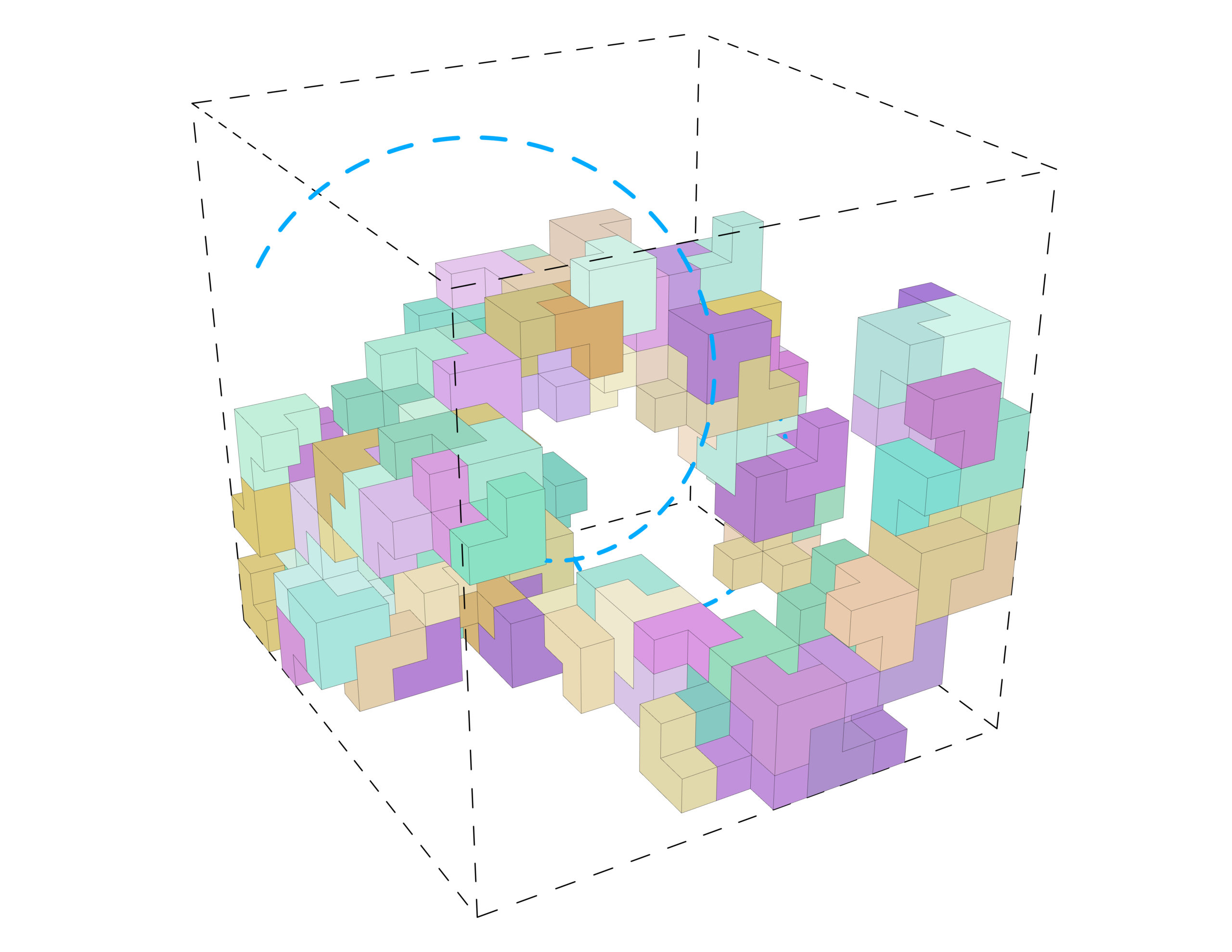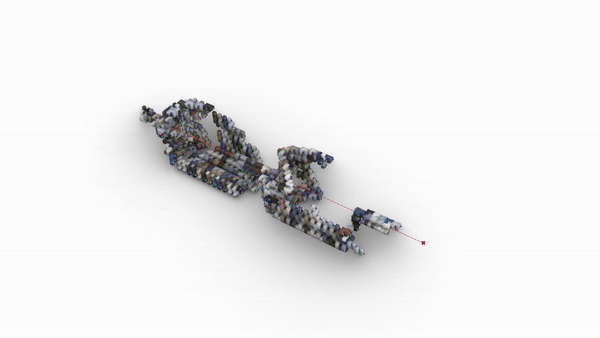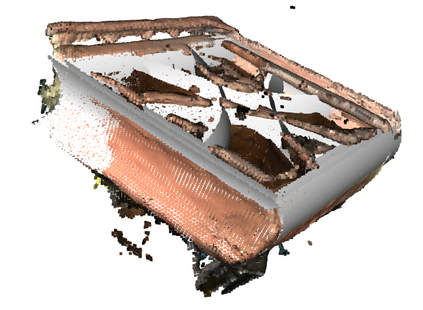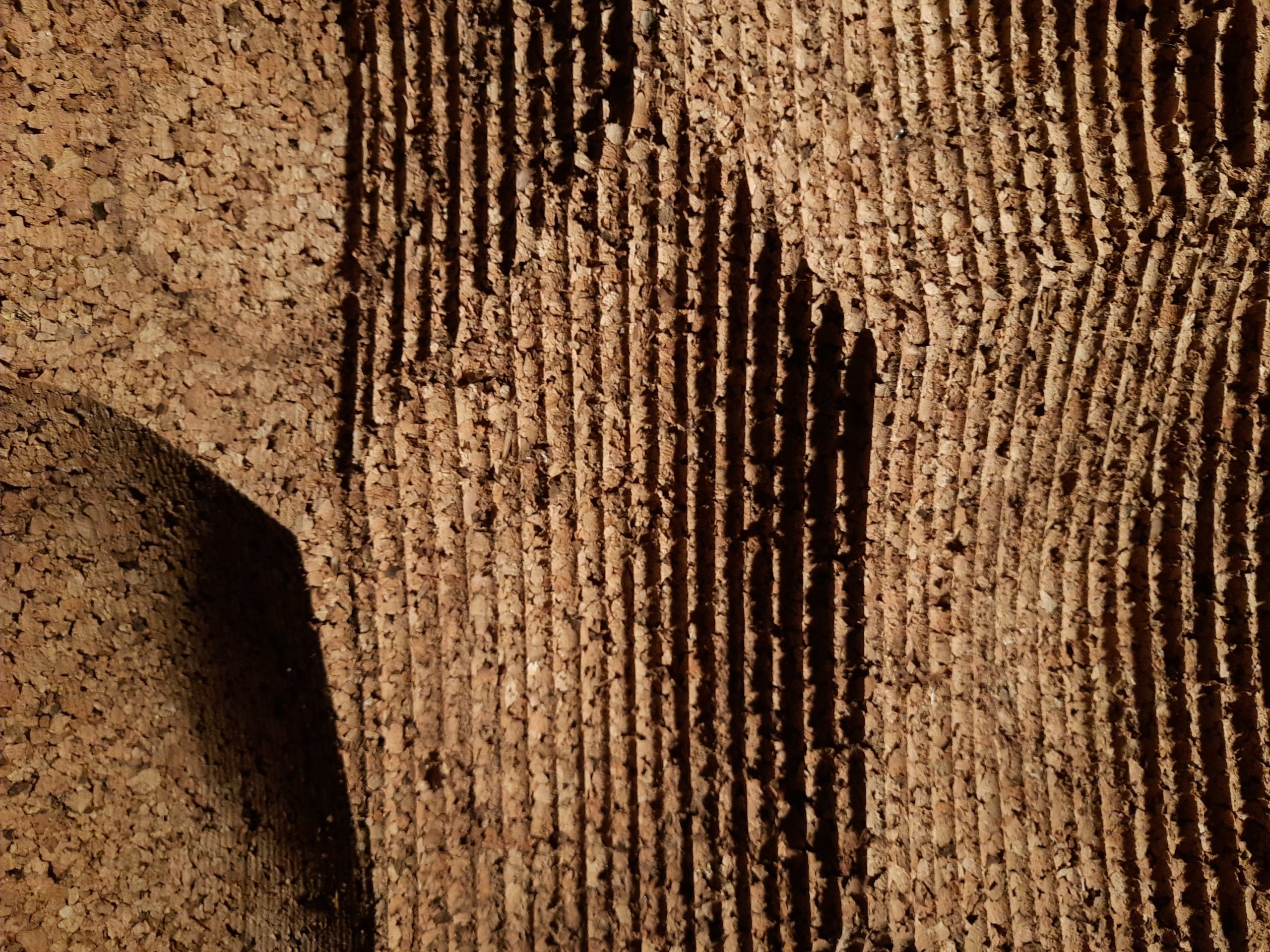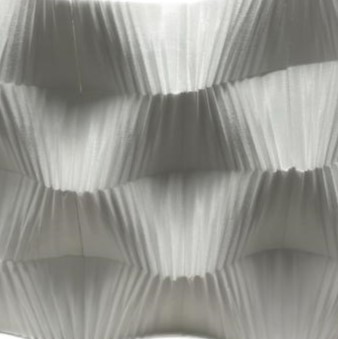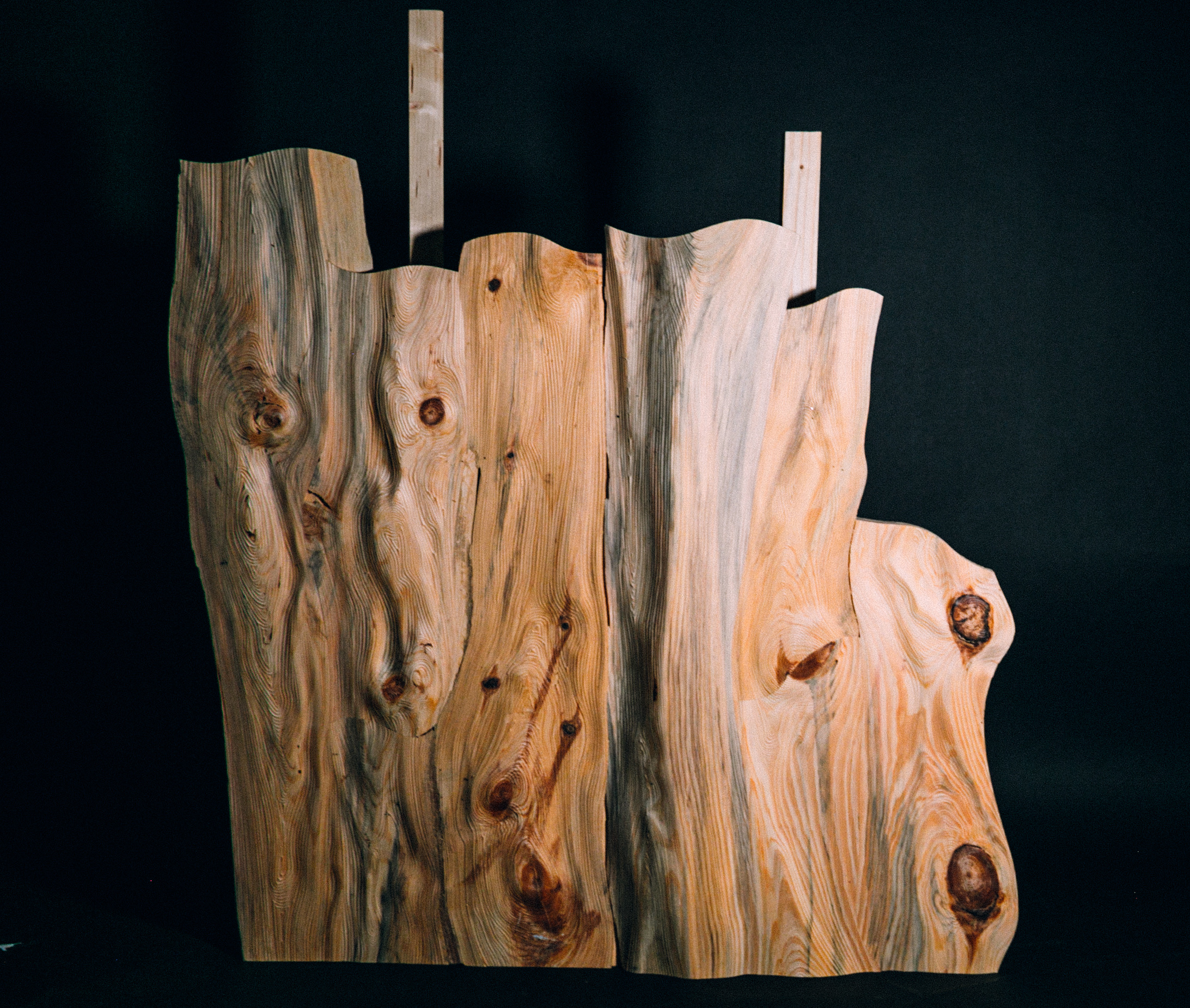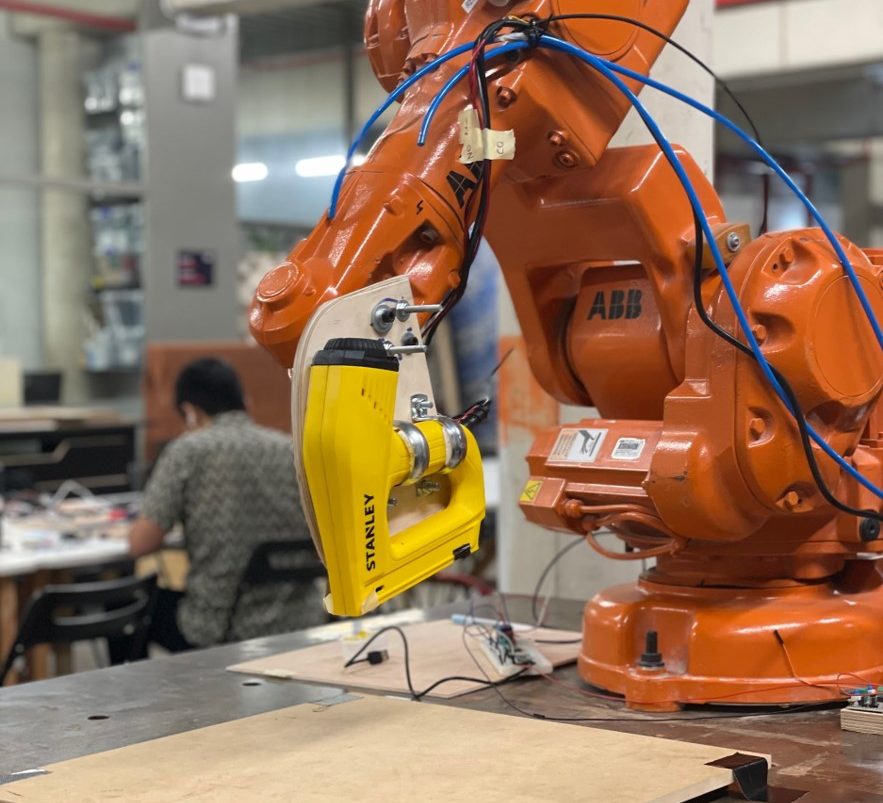Visualising Genres: Investigating the Combination of Acoustics and Art in Multi-Material 3D Printed Walls
Brief Our curiosity brought us to an intriguing investigation at the nexus of technology, craftsmanship, and acoustics in the quest to elevate spatial design. This blog shares the story of our journey, where we used a cutting-edge multi-material 3D printing technique to produce personalized sound-diffusing walls—a first for the industry. Our concept began with a … Read more


